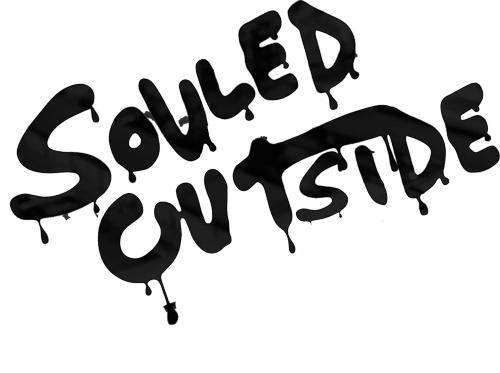Hot coffee spilled from the vending machine, searing my hand. “Bonjour,” said a finely dressed man. I didn’t know what to say. It was painfully awkward, for a moment, the man staring at me, me staring silently into space. We were the only two people awake on Mont St. Michel.
“De rien,” I stumbled, which isn’t exactly the correct response.
Before dawn on Day Two of France, my high school french classes had yet to kick back in. “I don’t remember being this terrible,” I thought.
My French was so terrible, in fact, that the vending machine coffee was the only thing I’d had to eat in about 24 hours—my first forays at finding food hadn’t gone well.
In rural France, it’s not always easy to find people who speak English.
But food didn’t matter right now. What mattered was exploring Le Mont, a 300-foot tall medieval fortress that truly belongs among the wonders of the world. Typically, the place is packed. It draws in 2.5 million visitors per year. On a nice day, the narrow, ancient streets swarm with tourists making their way along its ramparts, through its halls and over the half-mile causeway that connects this island to the coast. Today—probably because I was up before the cocks crowed—I had Mont St. Michel to myself.
And because I had better things to do than stare at a Frenchman, I ambled off into the mist, walking alone towards the top.
This took a while, as I paused every few feet for photos, watching the sun’s light shade the tower from black to grey to white, unveiling the tiered city that formed Tolkien’s inspiration for Minas Tirith.

Right, I get it…Tolkien is fantasy. This is real life. But that’s really what it feels like here. The walls are yours to touch, the arrow slits are yours to look through. Wooden columns and doors that look as if they’ve been around since the foundation stones themselves are just there: touch them if you want to.
I’m not sure that kind of historic preservation is available in America. At home, I think anything one-tenth as amazing would be roped off and kept behind glass. But in France, where the people seem to have an even deeper appreciation for history, one of their finest examples is laid bare to absorb.

All of that comes with a catch, of course. I discovered it on the way down—a throng of tourists cramming through the narrow streets that, just minutes before, I’d called my own.
“Time to get out of here,” I thought, as I pointed the little, 5-speed Opel Corsa back towards the BnB. “I’m going to go home and write.”
But as the sun’s final rays burned orange in the distance, I found myself cursing the missed opportunity of a sunset at Le Mont. The scene must have been spectacular, but I had an even better scene in front of me—a fresh pizza, ordered by myself, using no English at all.
De rien.

Notes: Yes it’s hard to find English-speaking people in rural France. Then again, why shouldn’t it be? That’s like expecting someone in rural Tennessee to speak French. (I think we could all count on one hand the number of fluent French speakers in Haywood County, and they all have the same last name.)
I’ve found; however, that the French are actually really nice once you make an effort to speak their language. Knowing enough to order food—thank God, I remembered a few things—and being able to tell them that you don’t speak great French can be enough to open the door. Every now and then, you do find someone who is fluent, which is a relief.
Also, it doesn’t really matter what food you order here. It’s going to taste great.
Big shoutout to my AirBnB hosts, Anna and Matthieu, who put me up in their renovated fisherman’s home in Saint Méloir des Ondes. They shoot wedding photos and videos in Brittany, and are also fellow travelers. (Creative, millennial types are the worst, right?)
Check them out if you love great photos!
Tomorrow, I’ve got to fill up the Souled Out Euro Car, so don’t forget to visit the gas fund page if you’re inclined to swap a few litres of petrol for a t-shirt!
Au revoir. -JS









